Home>Technology>Smart Home Devices>How To Choose A Printer
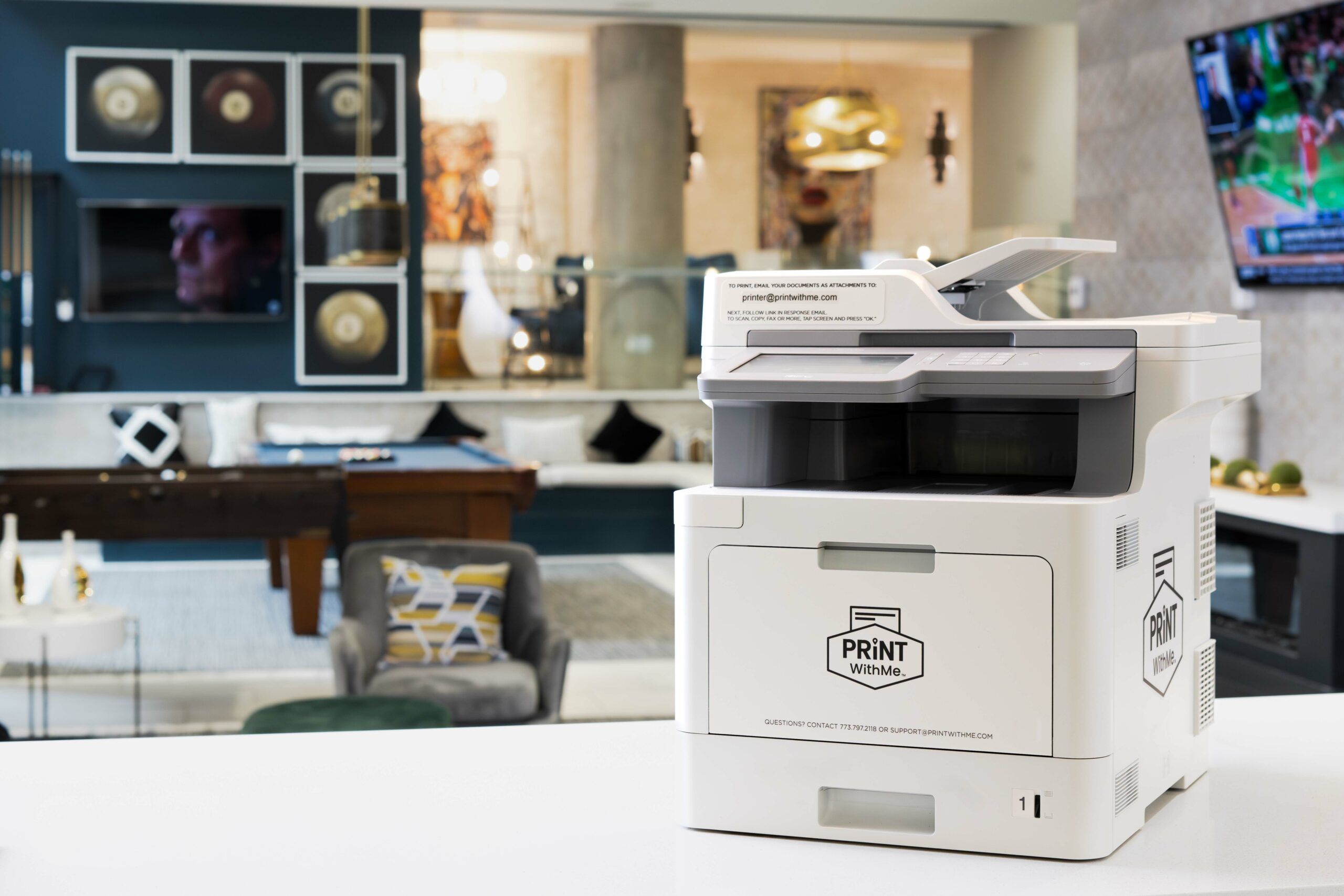

Smart Home Devices
How To Choose A Printer
Modified: March 26, 2024
Learn how to choose the best printer for your smart home devices with our comprehensive guide. Find the perfect printer for your needs today!
(Many of the links in this article redirect to a specific reviewed product. Your purchase of these products through affiliate links helps to generate commission for Storables.com, at no extra cost. Learn more)
Introduction
Welcome to the world of printing, where innovation and technology converge to bring your documents and photos to life. Choosing the right printer can significantly impact your overall printing experience, from the crispness of text to the vibrancy of images. With a plethora of options available, it’s essential to navigate through the features and specifications to find the perfect fit for your unique needs.
In this comprehensive guide, we’ll delve into the intricacies of selecting a printer that aligns with your printing requirements and budget. Whether you’re a student in need of a reliable printer for assignments, a professional seeking high-quality prints for presentations, or a photography enthusiast craving stunning photo reproductions, we’ve got you covered. Let’s embark on this journey to demystify the world of printers and empower you to make an informed decision.
Key Takeaways:
- Choosing the right printer involves considering your specific needs, print speed, quality, connectivity, and long-term costs. Understanding these factors empowers you to make an informed decision that enhances your printing experience.
- Printers offer diverse features such as wireless connectivity, touchscreen displays, and energy efficiency. By evaluating these additional capabilities, you can select a printer that not only meets your basic needs but also enhances productivity and convenience.
Read more: How To Choose A Toothbrush
Consider Your Printing Needs
Before delving into the technical aspects of printers, it’s crucial to assess your specific printing requirements. Understanding how you intend to use the printer will guide you in selecting the most suitable type and features. Here are a few questions to consider:
- What will you primarily be printing? Text documents, colorful graphics, or high-resolution photos?
- Do you need a printer for personal use, professional projects, or a combination of both?
- Will you require additional functions such as scanning, copying, or faxing?
- How frequently will you be printing, and in what volume?
By identifying your specific needs, you can narrow down the myriad of options available and focus on the features that are essential for your printing tasks. This initial step will serve as a solid foundation for the subsequent considerations in selecting the ideal printer.
Types of Printers
Printers come in various types, each tailored to different printing requirements. Understanding the distinctions between these types will aid in making an informed decision. The primary categories of printers include:
- Inkjet Printers: Inkjet printers are versatile and suitable for both text and photo printing. They work by propelling droplets of ink onto the paper, resulting in high-resolution prints with vivid colors. These printers are popular for home and small office use due to their affordability and ability to produce quality photo prints.
- Laser Printers: Laser printers are known for their swift printing speed and sharp text quality. They utilize toner cartridges and a laser to fuse the toner onto the paper, making them ideal for high-volume printing in office environments. While they excel in text documents, color laser printers can also produce decent graphics.
- All-in-One Printers: Also known as multifunction or all-in-one (AIO) printers, these devices combine printing, scanning, copying, and sometimes faxing capabilities in a single unit. AIO printers cater to diverse needs, offering convenience and space-saving benefits.
Each type of printer has its unique strengths, and selecting the right one depends on your specific printing requirements and budget.
Inkjet Printers
Inkjet printers are a popular choice for home users, photographers, and small businesses due to their versatility and ability to produce high-quality photo prints. These printers operate by propelling tiny droplets of ink onto the paper, resulting in precise and vibrant prints. Here are some key features and considerations when evaluating inkjet printers:
- Print Quality: Inkjet printers excel in producing high-resolution prints with smooth color transitions, making them ideal for photo printing and graphic-heavy documents.
- Affordability: Inkjet printers are often more affordable upfront compared to laser printers, making them an attractive option for budget-conscious consumers.
- Compact Size: Many inkjet printers are compact and lightweight, making them suitable for home offices and small spaces.
- Consumables: While inkjet printers are cost-effective initially, the long-term cost of ink cartridges should be considered, as they may need frequent replacement, especially with high-volume printing.
- Photo Printing: If you prioritize photo printing, look for inkjet printers with multiple color cartridges to achieve a broader color gamut and enhanced photo quality.
When choosing an inkjet printer, consider factors such as print speed, connectivity options, and additional features such as wireless printing and mobile compatibility. Understanding your specific printing needs will guide you in selecting the most suitable inkjet printer for your home or office.
Laser Printers
Laser printers are renowned for their swift printing speed, making them an ideal choice for high-volume printing in office environments. These printers utilize toner cartridges and a laser to fuse the toner onto the paper, resulting in sharp and crisp text quality. When considering laser printers, it’s essential to take the following features and considerations into account:
- Print Speed: Laser printers are designed for rapid printing, making them suitable for busy work environments where efficiency is paramount.
- Text Quality: Laser printers excel in producing clear and precise text, making them ideal for documents, reports, and business correspondence.
- Cost-Effectiveness: While laser printers may have a higher initial cost compared to inkjet printers, they often offer lower cost per page, especially for monochrome printing, which can result in long-term savings for high-volume users.
- Network Connectivity: Many laser printers come with built-in network connectivity options, allowing seamless integration into office networks for shared printing.
- Color Printing: Color laser printers are available for those who require occasional color printing, offering decent quality for graphics and presentations.
When selecting a laser printer, consider factors such as duty cycle (the recommended number of printed pages per month), paper handling capabilities, and the total cost of ownership, which includes maintenance and consumables. Understanding your printing volume and specific requirements will guide you in choosing the most suitable laser printer to meet your business or personal needs.
Read more: How To Choose A Lamp
All-in-One Printers
All-in-One (AIO) printers, also known as multifunction printers, offer a versatile solution by combining printing, scanning, copying, and sometimes faxing capabilities in a single device. These multifunctional printers cater to diverse needs, providing convenience and space-saving benefits for home and office environments. When evaluating all-in-one printers, it’s essential to consider the following features and considerations:
- Space Efficiency: AIO printers streamline multiple functions into a single device, saving space and reducing clutter in home offices and small workspaces.
- Multi-Functionality: Beyond printing, AIO printers offer scanning and copying capabilities, making them a comprehensive solution for various document management tasks.
- Cost Savings: Investing in an AIO printer can potentially save money compared to purchasing individual devices for printing, scanning, and copying needs.
- Wireless Connectivity: Many AIO printers feature wireless connectivity options, enabling seamless printing and scanning from mobile devices and laptops.
- Automatic Document Feeder (ADF): AIO printers equipped with an ADF allow for efficient scanning and copying of multi-page documents without manual intervention.
When selecting an all-in-one printer, consider factors such as print quality for both documents and photos, scanning resolution, and the user interface for ease of operation. Additionally, assess the overall cost of ownership, including maintenance and consumables, to make an informed decision that aligns with your specific printing and document management needs.
When choosing a printer, consider the cost of ink or toner cartridges. Some printers may be cheaper upfront but have expensive replacement cartridges, so factor this into your decision.
Connectivity Options
Printers offer a range of connectivity options to facilitate seamless integration with various devices and networks. Understanding these connectivity features is crucial when selecting a printer that aligns with your workflow and usage scenarios. Here are the key connectivity options to consider:
- USB Connectivity: Most printers come equipped with USB ports, allowing direct connection to a single computer or laptop for printing. This traditional method provides a reliable and straightforward connection for individual users.
- Wireless Connectivity: Wi-Fi-enabled printers enable wireless printing from multiple devices, including laptops, smartphones, and tablets, within the same network. This wireless convenience eliminates the need for physical connections and offers flexibility in printer placement.
- Network Printing: Printers with Ethernet ports enable seamless integration into office networks, allowing multiple users to access the printer for shared printing and efficient workflow collaboration.
- Mobile Printing: Many modern printers support mobile printing technologies such as AirPrint (for Apple devices) and Google Cloud Print, enabling users to print directly from their mobile devices without requiring a computer intermediary.
- NFC (Near Field Communication): Some printers feature NFC technology, allowing users to initiate printing by simply tapping their NFC-enabled mobile devices on the printer, streamlining the printing process for compatible smartphones and tablets.
When evaluating connectivity options, consider your typical usage scenarios and the devices you intend to print from. Whether you prioritize wireless convenience, network sharing capabilities, or mobile printing accessibility, selecting a printer with the right connectivity features will enhance your overall printing experience and productivity.
Print Speed and Quality
Print speed and quality are pivotal factors to consider when choosing a printer, as they directly impact productivity and the visual appeal of printed materials. Understanding the relationship between print speed and quality will guide you in selecting a printer that meets your specific requirements. Here’s what to consider:
- Print Speed: The print speed refers to the number of pages a printer can produce per minute (ppm). For office environments with high printing demands, a faster print speed can significantly enhance efficiency and workflow. However, for home users and small businesses with moderate printing needs, a slightly slower print speed may suffice.
- Quality Settings: Printers often offer multiple quality settings, allowing users to adjust the print quality based on the specific printing task. For text documents, a standard or draft mode may suffice, while high-quality photo prints require the highest resolution settings for optimal results.
- Resolution: Print resolution, measured in dots per inch (dpi), determines the level of detail and sharpness in printed output. Higher resolution results in finer details and smoother color transitions, particularly beneficial for photo printing and graphic-intensive documents.
- Color Accuracy: When considering color printers, assess the color accuracy and vibrancy of printed materials. For tasks such as graphic design and marketing collateral, accurate and vivid color reproduction is essential.
By aligning print speed and quality with your specific printing needs, you can ensure that the chosen printer delivers the desired balance between swift output and exceptional print quality, enhancing both efficiency and visual impact.
Paper Handling
Efficient paper handling capabilities are essential considerations when selecting a printer, particularly for users with diverse printing requirements and document types. The ability of a printer to accommodate various paper sizes, types, and weights directly impacts its versatility and suitability for different printing tasks. Here’s what to evaluate in terms of paper handling:
- Paper Size Compatibility: Assess whether the printer supports the paper sizes you commonly use, including standard letter-size (8.5″ x 11″), legal-size (8.5″ x 14″), envelopes, and larger formats for specialized printing needs.
- Paper Tray Capacity: Consider the capacity of the paper input trays to determine how frequently refills are necessary, especially in high-volume printing environments. Larger paper trays reduce the need for frequent reloading, enhancing workflow efficiency.
- Media Types: If you intend to print on various media types such as cardstock, labels, or glossy photo paper, ensure that the printer is compatible with these materials to achieve optimal print results without causing paper jams or damage to the printer.
- Duplex Printing: Printers equipped with automatic duplexing capabilities can print on both sides of the paper without manual intervention, offering paper-saving benefits and professional-looking double-sided documents.
- Specialized Printing: For users with specific printing needs such as borderless photo printing or booklet layout, assess whether the printer offers specialized printing features to accommodate these requirements.
By evaluating the paper handling capabilities of a printer, you can ensure that it aligns with your diverse printing needs, from standard document printing to specialized projects, while streamlining the overall printing process and enhancing productivity.
Read more: How To Choose A Duvet
Cost of Consumables
When evaluating printers, it’s crucial to consider the long-term cost of consumables, including ink or toner cartridges, as this ongoing expense significantly impacts the total cost of ownership. Understanding the cost of consumables will guide you in making an informed decision that aligns with your budget and printing volume. Here’s what to consider:
- Ink or Toner Cartridge Costs: Assess the price of replacement ink cartridges for inkjet printers or toner cartridges for laser printers. Compare the cost per page for each type of cartridge to gauge the ongoing expenses associated with printing.
- Page Yield: Consider the estimated page yield of each cartridge, indicating the number of pages the cartridge can print before requiring replacement. Higher page yield cartridges may offer better value in the long run, especially for high-volume users.
- Color Cartridges: For color printers, evaluate the individual color cartridge costs and replacement frequency, as color printing often entails higher consumable expenses compared to monochrome printing.
- Third-Party Cartridges: Some printers are compatible with third-party or remanufactured cartridges, which may offer cost savings compared to original manufacturer cartridges. However, consider the potential impact on print quality and warranty implications when opting for third-party consumables.
- Drum Units and Maintenance Kits: For laser printers, factor in the cost of drum units and maintenance kits, which are essential for ensuring consistent print quality and printer longevity.
By carefully assessing the cost of consumables and the anticipated printing volume, you can select a printer that strikes a balance between initial purchase price and long-term operational costs, ensuring a cost-effective and sustainable printing solution.
Additional Features
Printers often come equipped with a range of additional features designed to enhance functionality, convenience, and user experience. Understanding these supplementary capabilities will aid in selecting a printer that aligns with your specific needs and usage scenarios. Here are some key additional features to consider:
- Automatic Document Feeder (ADF): Printers with an ADF enable efficient scanning and copying of multi-page documents without the need for manual page-by-page handling, streamlining document management tasks.
- Wireless Printing: Look for printers with built-in Wi-Fi or Bluetooth connectivity for seamless wireless printing from multiple devices, offering flexibility and convenience in diverse work environments.
- Touchscreen Displays: Printers equipped with intuitive touchscreen interfaces provide easy navigation through settings, print job management, and access to cloud-based printing services, enhancing user interaction and control.
- Cloud Printing Integration: Some printers offer integration with cloud printing services such as Google Cloud Print and Apple AirPrint, enabling users to print documents and photos directly from their cloud storage or mobile devices.
- Security Features: For office environments, consider printers with advanced security features such as secure printing, user authentication, and data encryption to safeguard sensitive documents and prevent unauthorized access.
- Energy Efficiency: Look for printers with energy-saving features such as automatic power-off and sleep modes to reduce energy consumption and operational costs over time.
By evaluating these additional features, you can identify a printer that not only meets your basic printing needs but also offers enhanced convenience, productivity, and modern functionalities to support your evolving workflow and printing demands.
Conclusion
Choosing the right printer involves a thoughtful consideration of your specific printing needs, budget, and the array of features and capabilities offered by different printer types. By assessing factors such as print speed, quality, paper handling, connectivity options, and the long-term cost of consumables, you can make an informed decision that aligns with your unique requirements.
Whether you prioritize high-quality photo prints, swift text document production, or multifunctional capabilities, there’s a printer tailored to meet your needs. Understanding the nuances of inkjet, laser, and all-in-one printers, along with their additional features, empowers you to select a printer that not only delivers on performance but also enhances your overall printing experience.
As technology continues to evolve, printers are integrating advanced features such as wireless connectivity, cloud printing, and intuitive touchscreen interfaces, offering modern solutions to streamline document management and boost productivity. By staying informed about the latest printer innovations, you can future-proof your printing setup and adapt to the changing demands of the digital age.
Ultimately, the ideal printer is one that seamlessly integrates into your workflow, consistently delivers exceptional print results, and offers the versatility and convenience required to support your diverse printing tasks. With the insights gained from this guide, you’re well-equipped to embark on your printer selection journey with confidence, knowing that the chosen printer will be a reliable and valuable asset in your home or office environment.
Frequently Asked Questions about How To Choose A Printer
Was this page helpful?
At Storables.com, we guarantee accurate and reliable information. Our content, validated by Expert Board Contributors, is crafted following stringent Editorial Policies. We're committed to providing you with well-researched, expert-backed insights for all your informational needs.

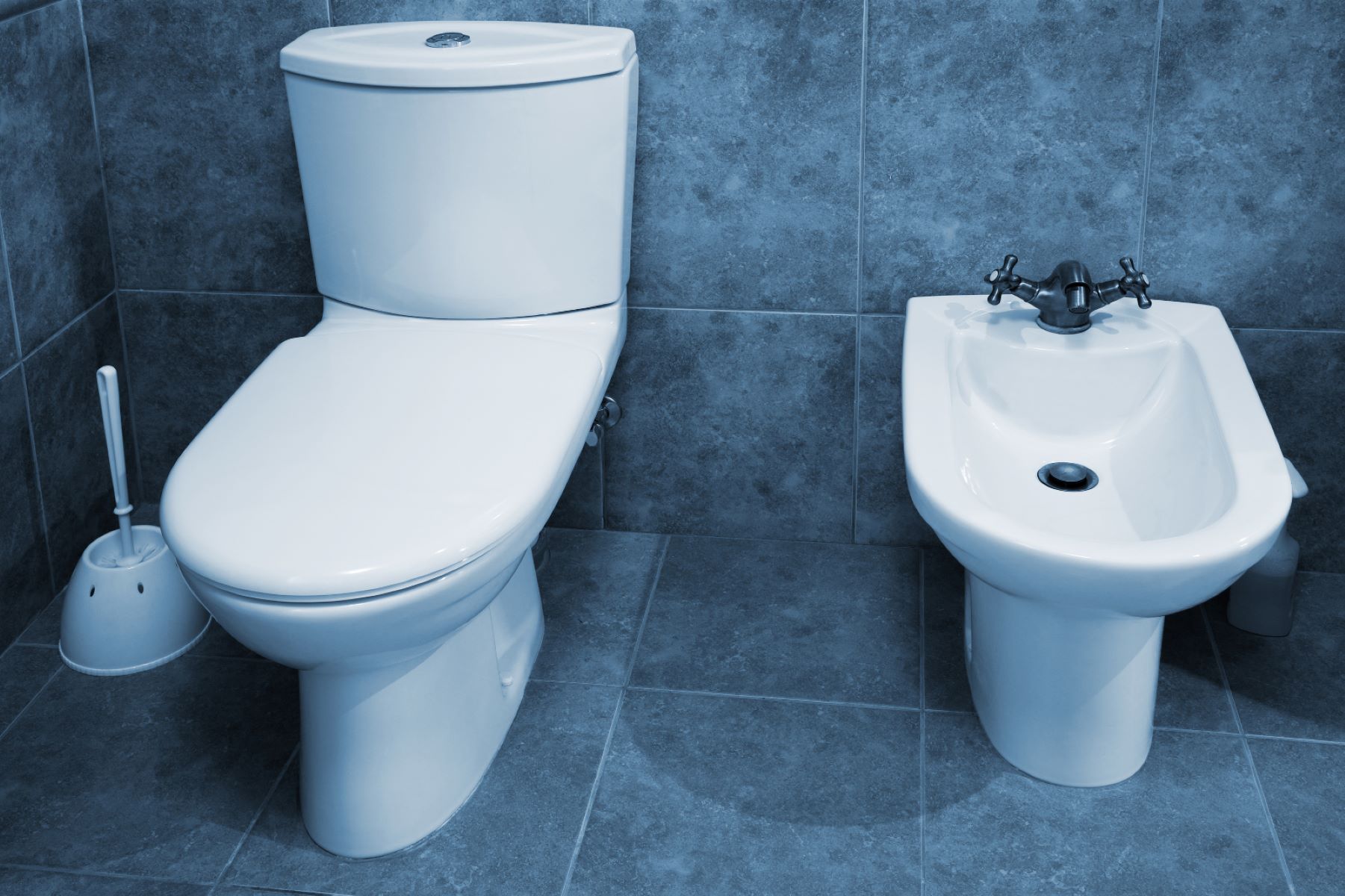




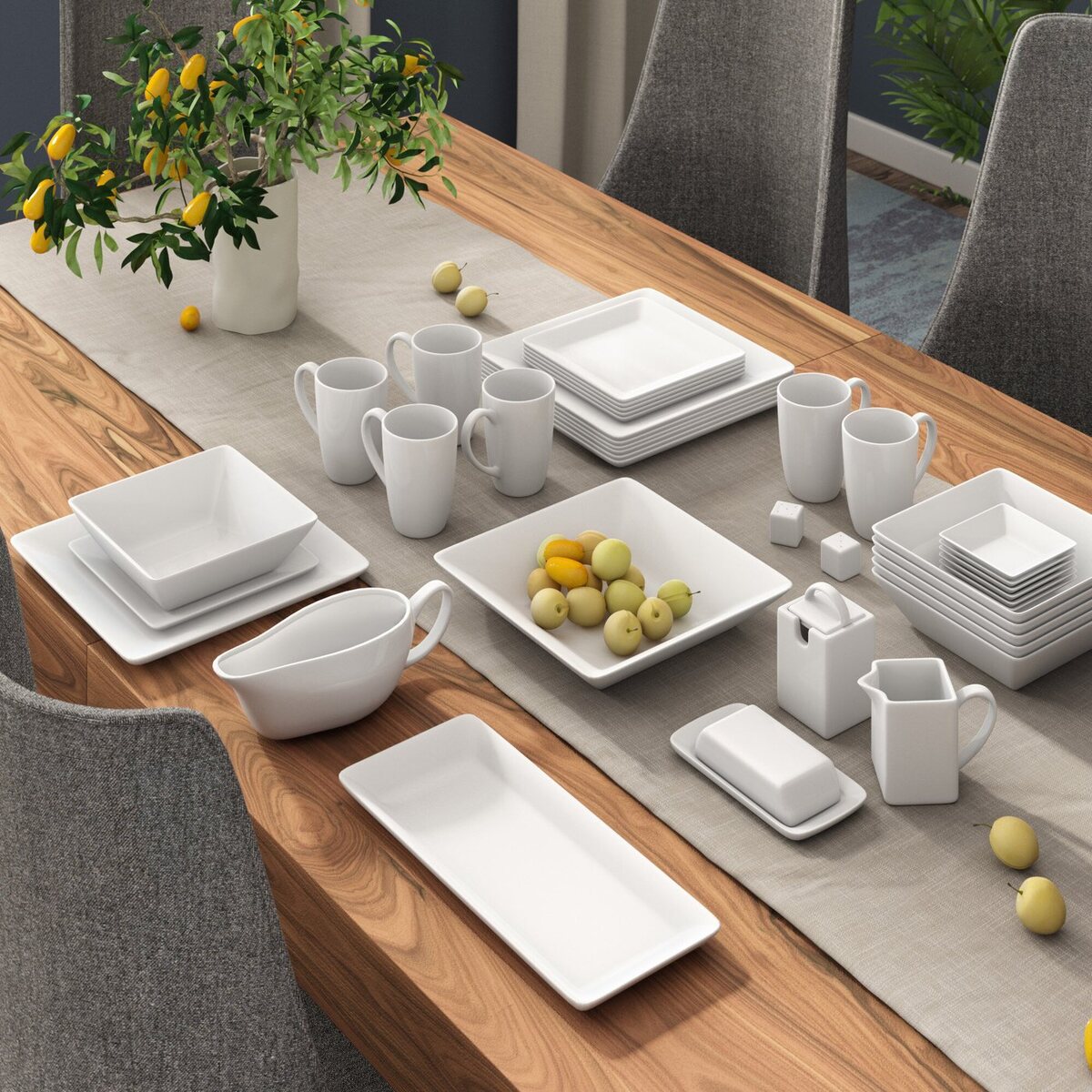


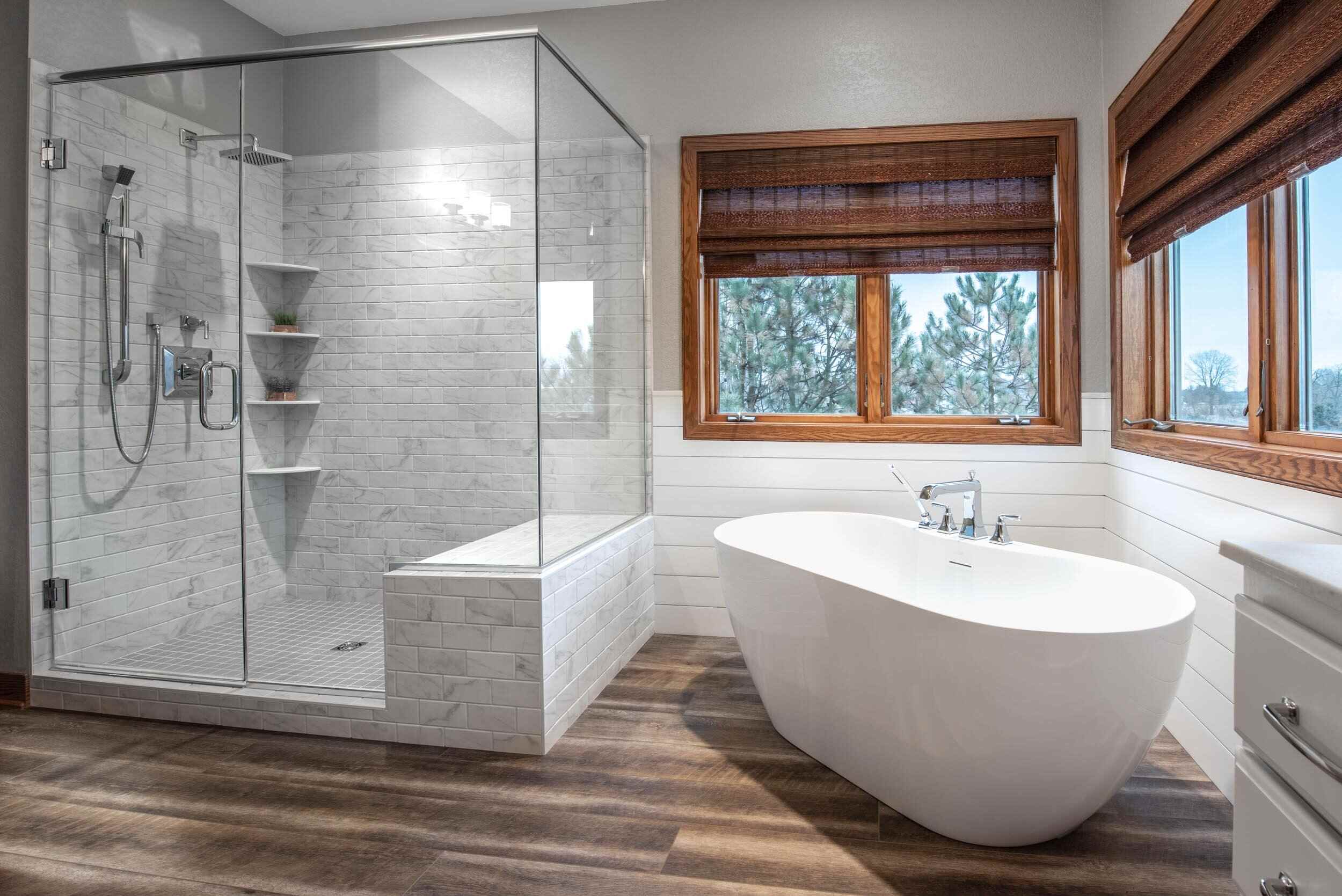
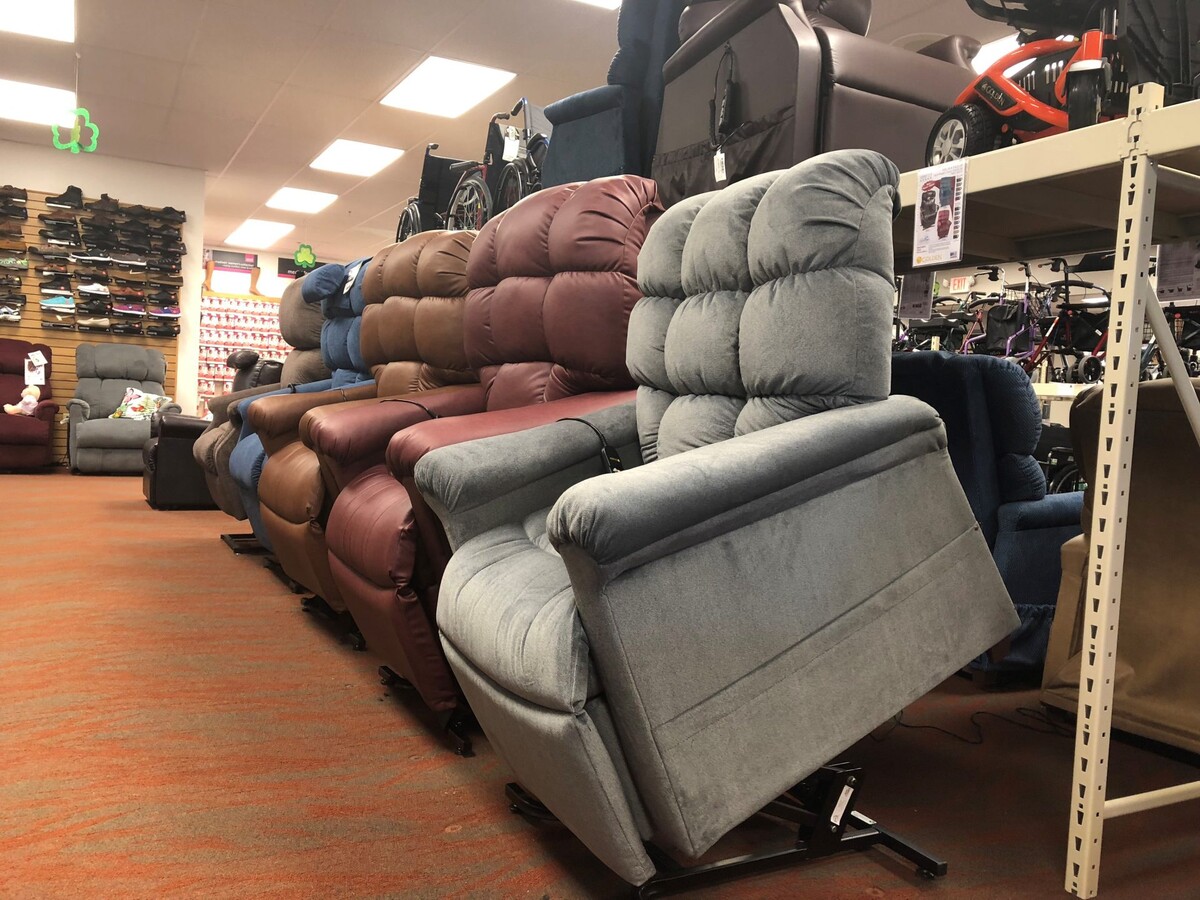
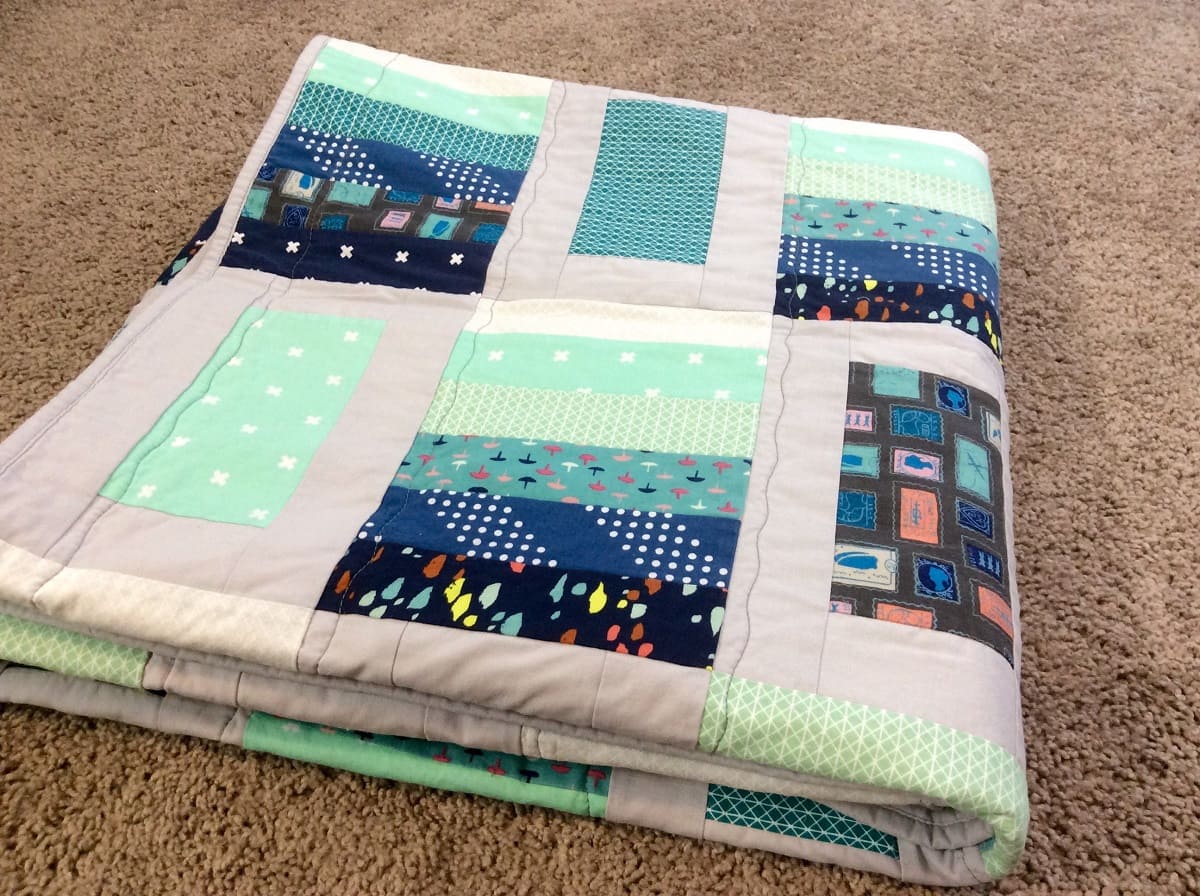


0 thoughts on “How To Choose A Printer”